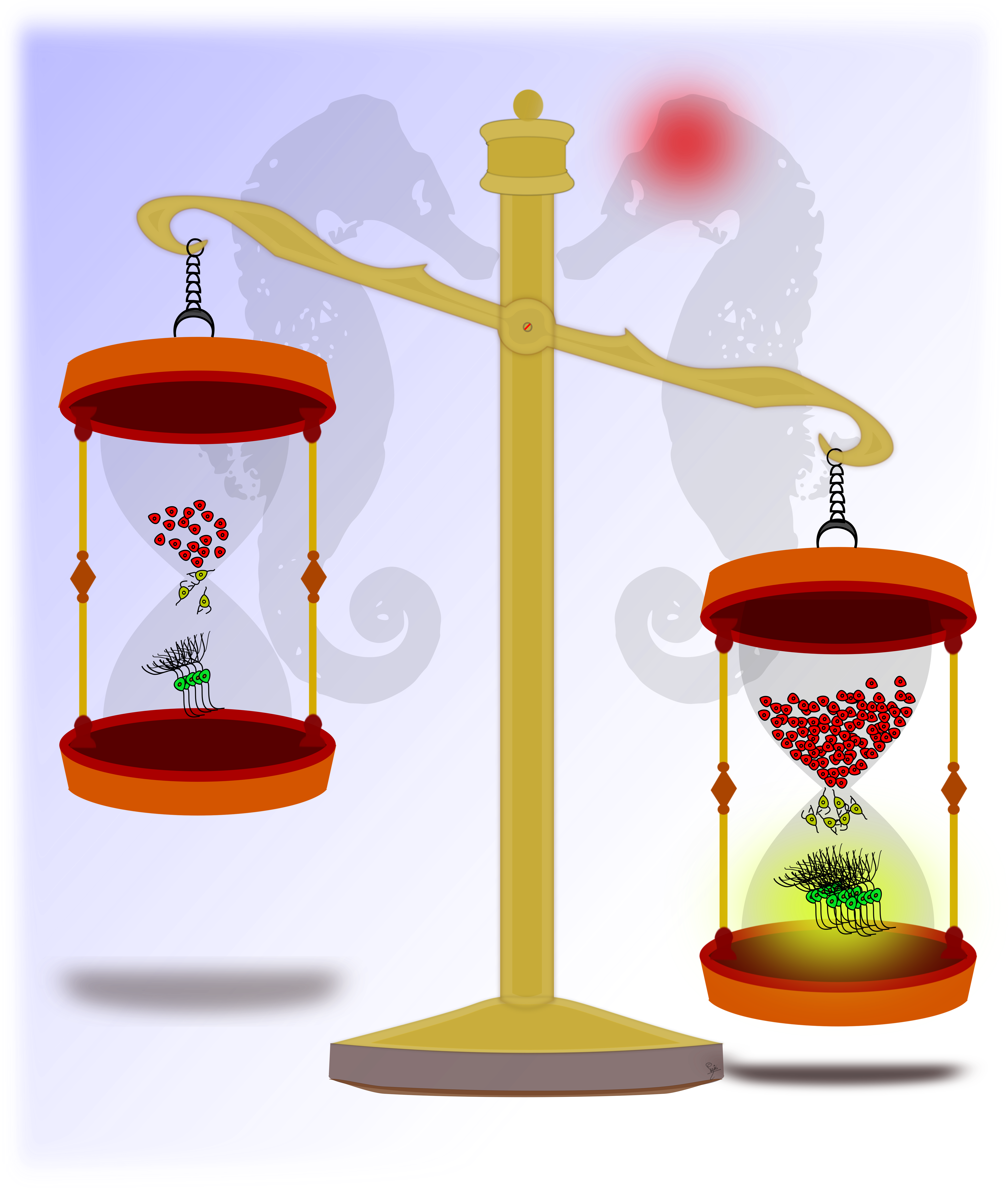The objective of this project is to identify the progression of cellular, synaptic and network level alterations in the hippocampus after brain injury and to determine how these changes interact to generate post-traumatic diseases like epilepsy. Particularly, we have focused on inhibition of dentate granule cells and semilunar granule cells to determine cell-type specific changes in synaptic and extrasynaptic inhibition. These studies have led to identification of a unique developmental profile for tonic inhibition in dentate semilunar granule cells which we are currently investigating. In addition we are analyzing the classes of dentate molecular layer neurons to determine their role in feedforward regulation of dentate circuits. Apart from mature neurons, brain injury is known to perturb the dentate neurogenic niche. However, the long-term consequences of the changes in dentate neurogenesis are not known. We are currently examining the nature and mechanisms by which brain injury alters dentate neurogenesis and its long-term consequences. Using the rodent fluid percussion injury model of concussive brain trauma and field and whole-cell electrophysiological recordings, immunohistochemistry, in vivo EEG, viral transfections and behavioral analysis and we are studying the impact of brain trauma on dentate inhibition and neurogenesis. The study is expected to enhance the mechanistic understanding of post-injury neuropathology and pave the way for new therapeutic strategies to improve the quality of life of individuals who have sustained head injury.
Past and Current Funding: F.M. Kirby Foundation, NJCBIR 09.003.BIR1, 11-3223-BIR-E-O and CBIR16IRG017.

